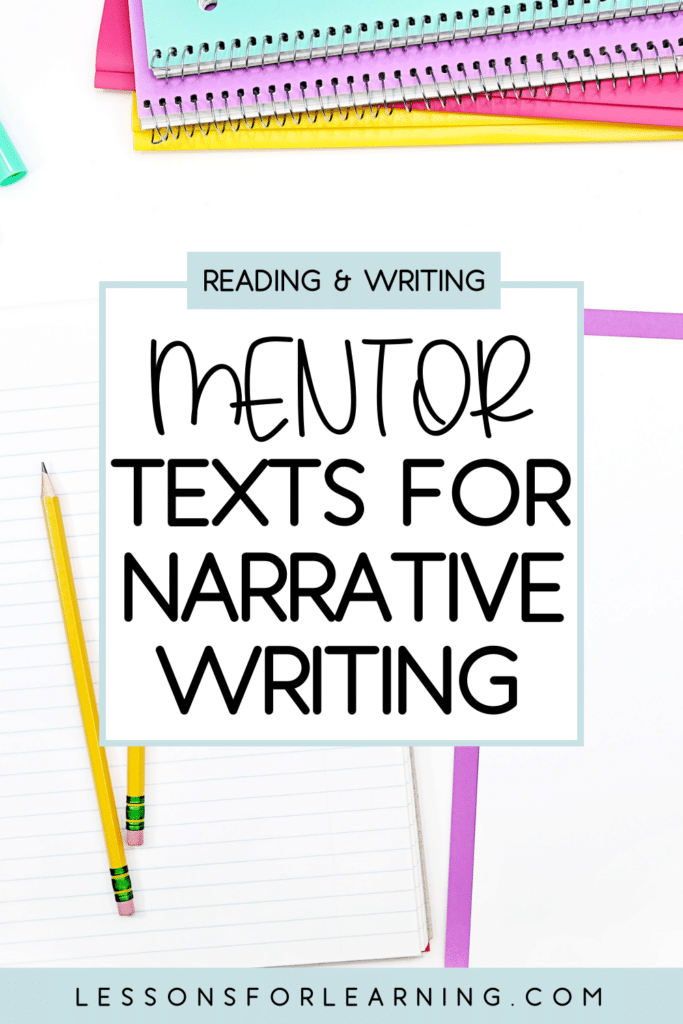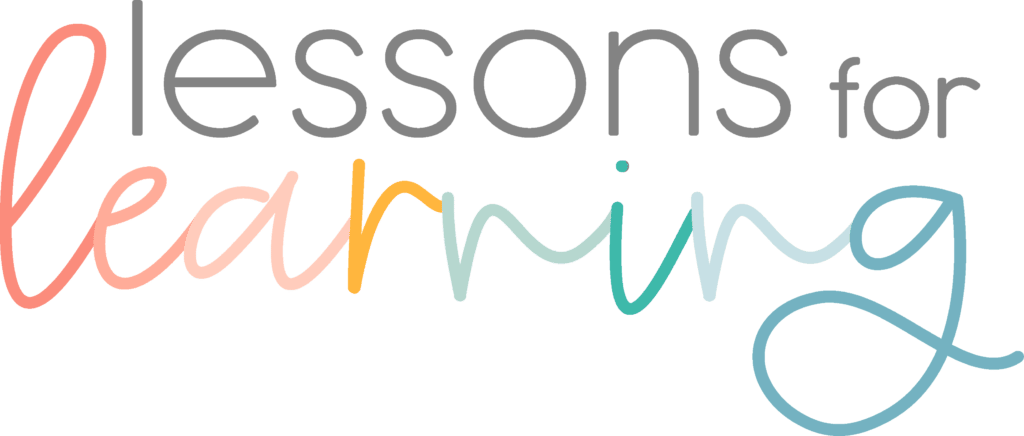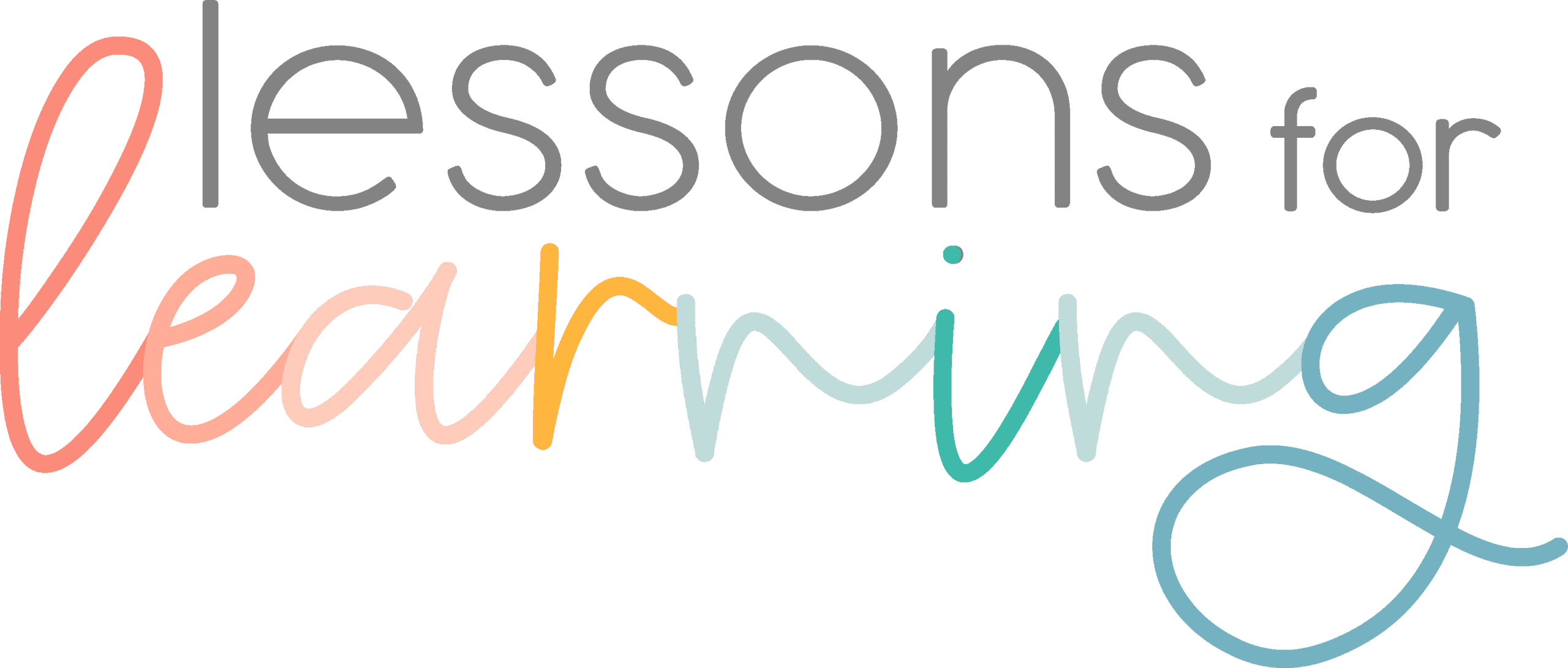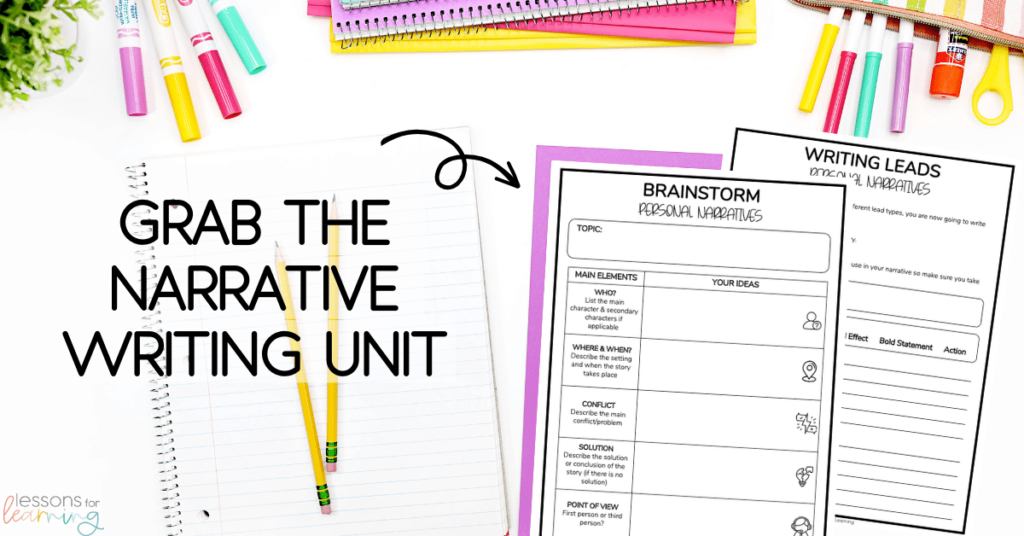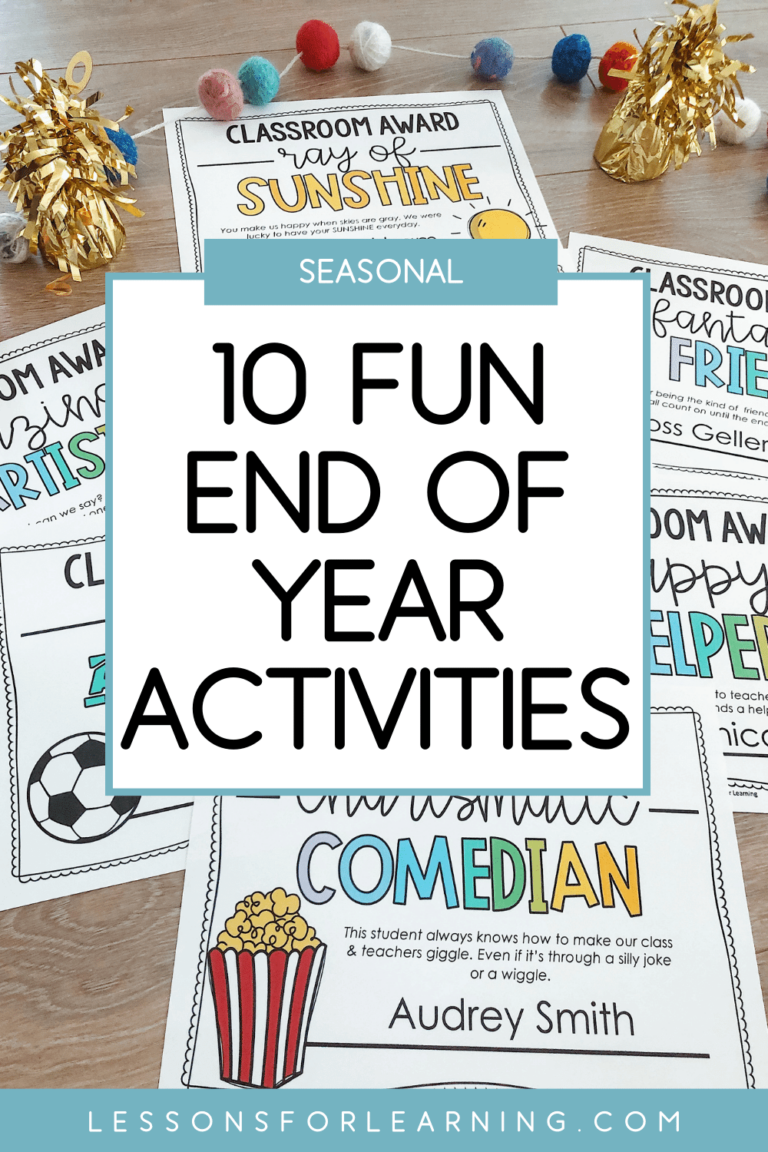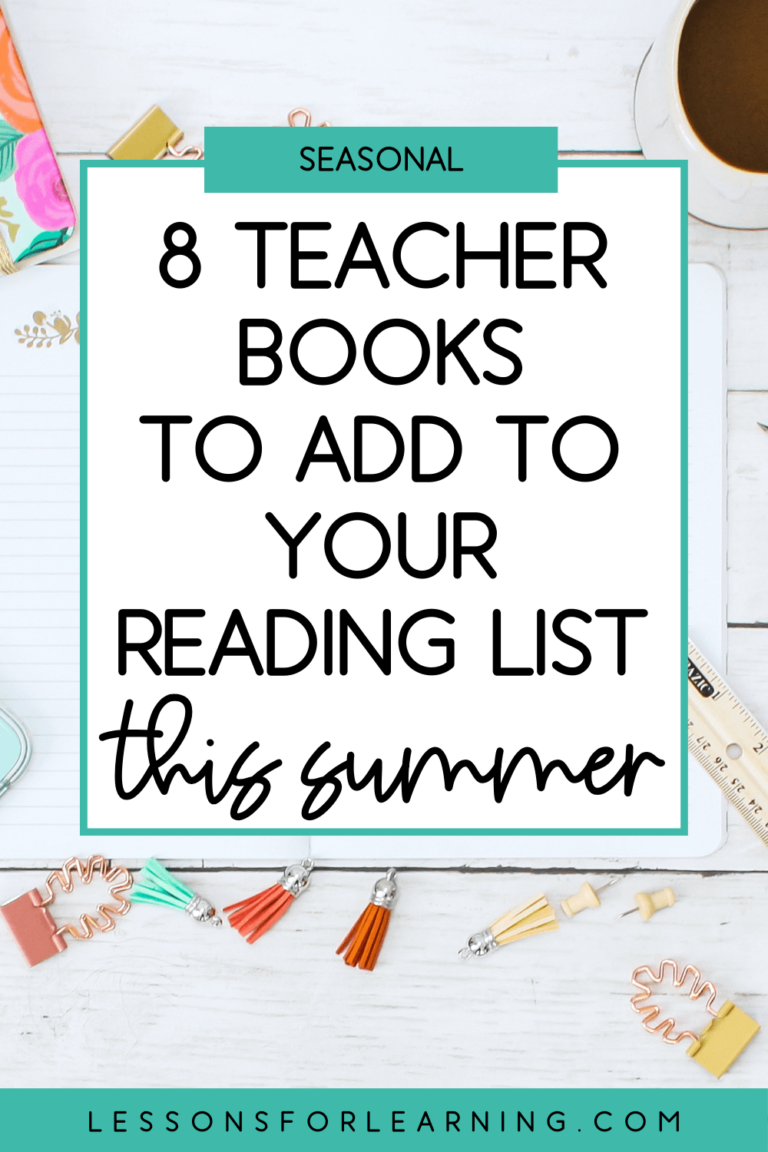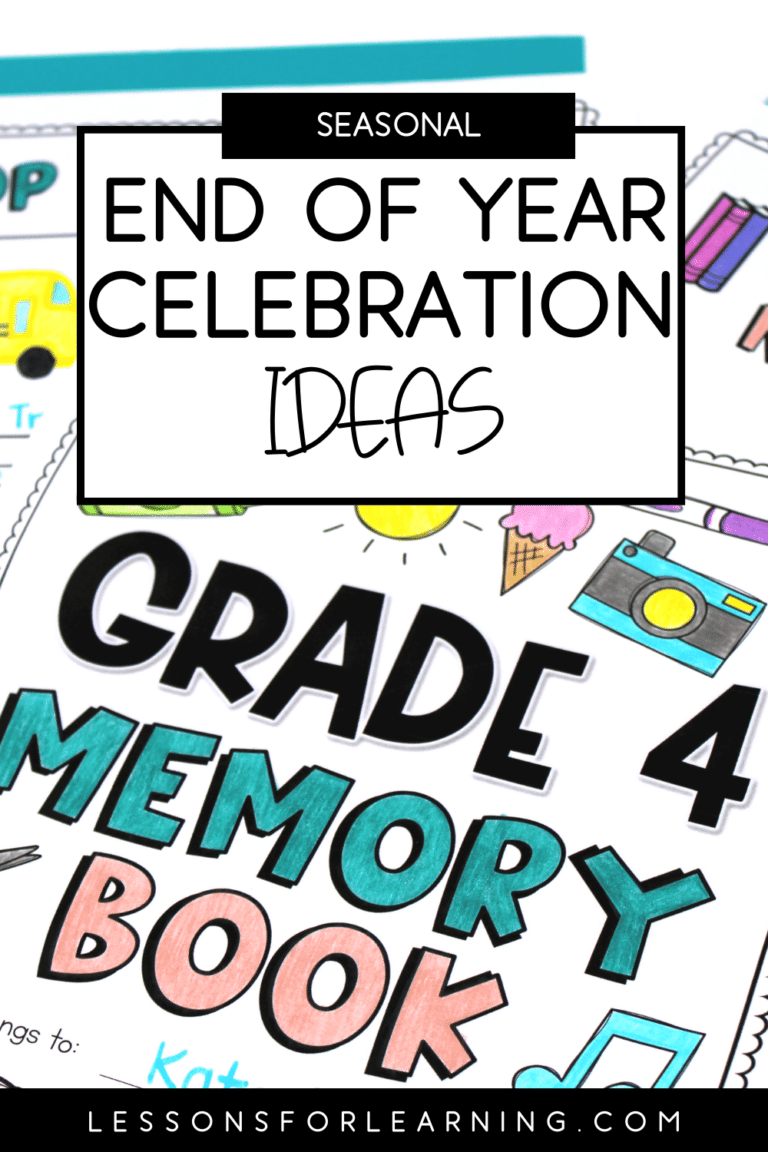Mentor texts are a great way to scaffold learning and improve understanding when teaching a new writing unit. They are also the perfect way to incorporate reading analysis & comprehension into a writing unit as well. So, let’s get into the best mentor texts for narrative writing!
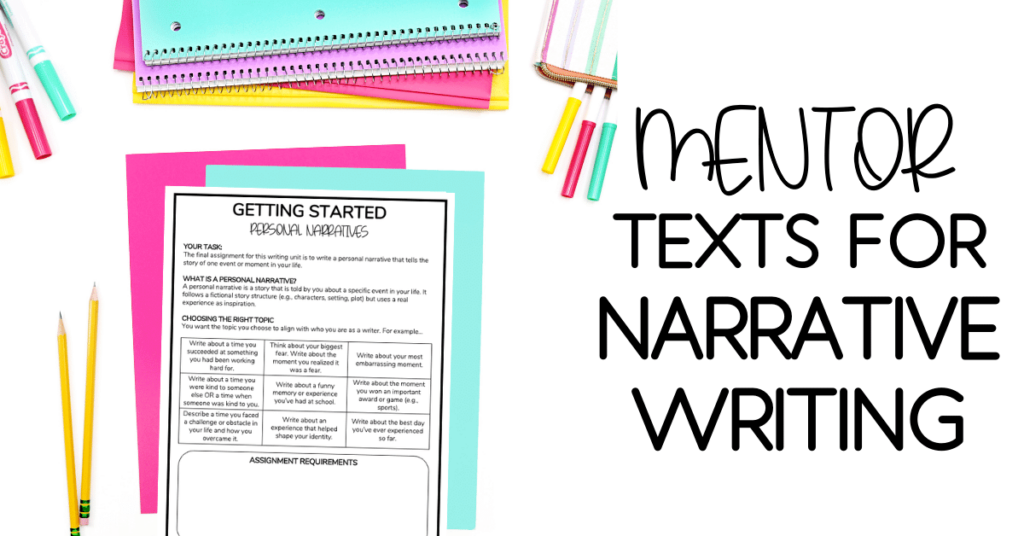
What are Mentor Texts and Why Use Them for Narrative Writing?
If you are new to teaching writing or ELA, you may be unsure of the term “Mentor Texts”. Mentor texts are pieces of writing that serve as models for students to study and learn from. In the context of narrative writing, mentor texts can include books, short stories, and essays that demonstrate effective storytelling techniques. For upper elementary and middle school, I love picture books and mentor paragraphs since they are short and sweet!
By reading and analyzing mentor texts, students gain a better understanding of the elements of narrative writing, such as plot, character development, and theme. They can then apply these techniques to their own writing, improving their skills and producing more effective narratives. Mentor texts can also help students generate ideas and develop their voice as writers.
Examples of Mentor Texts for Narrative Writing
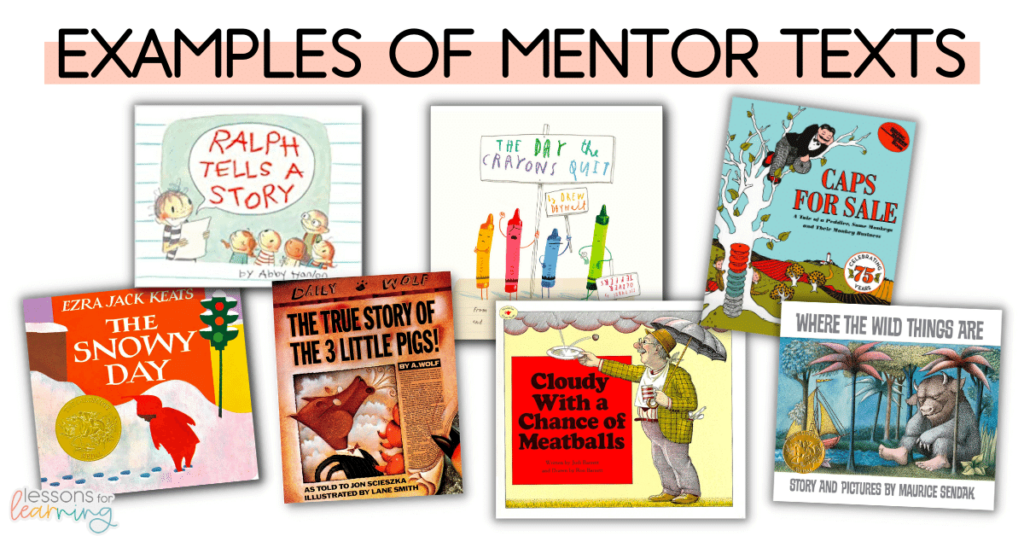
“The Snowy Day” by Ezra Jack Keats is a classic picture book that tells the story of a young boy’s adventures in the snow.
Teaching Points: setting & sensory details
“Ralph Tells a Story” by Abby Hanlon is a picture book that tells the story of a boy named Ralph who struggles to come up with ideas for a school writing assignment.
Teaching Points: brainstorming & generating/developing ideas
“The Day the Crayons Quit” by Drew Daywalt is told from the perspective of a set of crayons who are fed up with their overuse and under-appreciation.
Teaching Points: POV & characters
“The True Story of the Three Little Pigs” by Jon Scieszka is a funny twist on a classic story!
Teaching Points: POV & perspective
“Cloudy with a Chance of Meatballs” by Judi Barrett tells the story of a small town where food falls from the sky instead of rain.
Teaching Points: plot development & setting
“Caps for Sale” by Esphyr Slobodkina tells the story of a peddler who loses his caps to a group of mischievous monkeys.
Teaching Points: plot development and conflict/resolution
Lastly, “Where the Wild Things Are” by Maurice Sendak tells the story of a boy named Max who travels to a magical land filled with monsters.
Teaching Points: setting, symbolism & metaphors
Some of these books are also perfect for descriptive writing. Click here to read about ideas for a descriptive writing unit!
Teaching Narrative Writing the EASY Way
As we know, the mentor texts are half the battle when are talking narrative writing. So, if you are looking for a done-for-you, no-prep unit, look no further!
Our narrative writing unit includes prompts, mentor paragraphs, suggested mentor texts, graphic organizers and activities to take students through the process of writing an incredible narrative!
This printable and digital resource includes everything you need to help your students succeed, from brainstorming and setting organizers to dialogue rules and figurative language. Plus, the ability to post to Google Classroom makes differentiation a breeze.
Once you see what your students come up with, you will NOT regret this purchase! Grab our narrative writing unit here.
